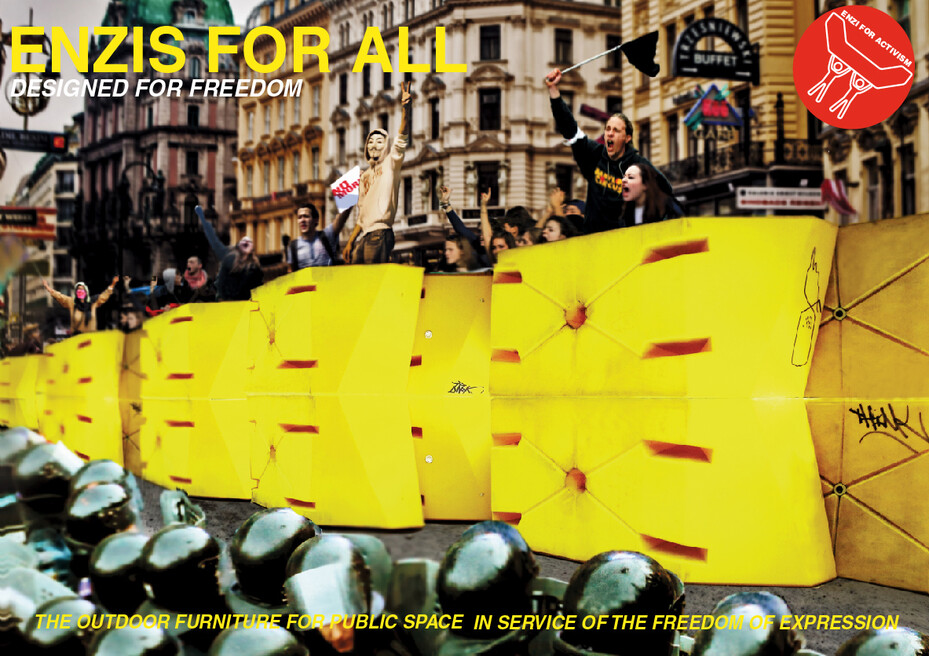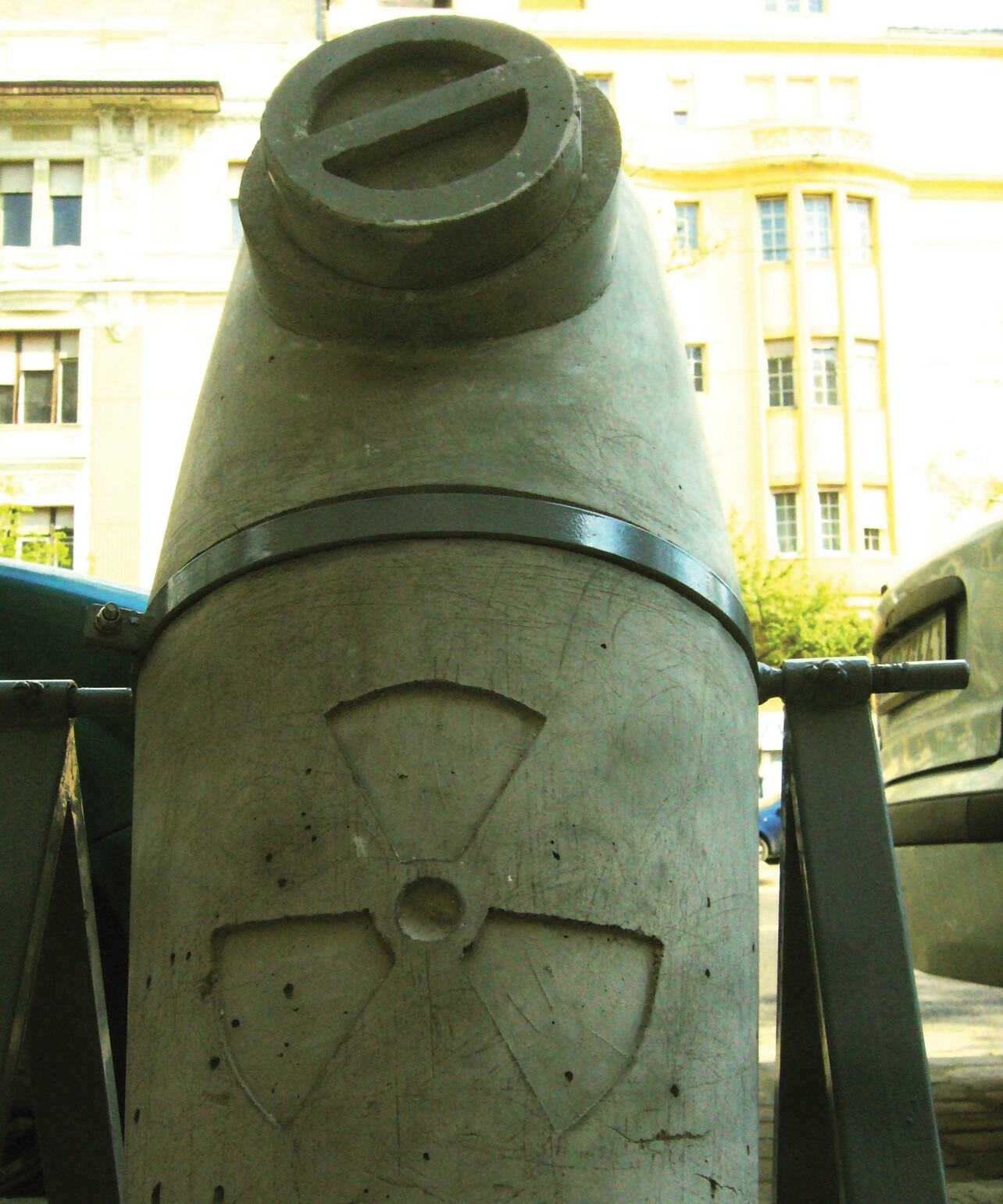Gergely Hory
Bereich: experimentelle Architektur, Design, Public Art
Key Facts
Nationalität
UngarnBereich
experimentelle Architektur, Design, Public ArtWohnort
BudapestEmpfehlende Institution
tranzit.org/ERSTE StiftungZeitraum
März 2014 - März 2014Gergely Hory was born in 1989 in Debrecen, Hungary, studied architecture at the Budapest University of Technology and Economics (BUTE) and at the Delft University of Technology. He graduated at BUTE as an Msc architect in 2013. Since 2008, he has been an active member of the Space Detournement Working Group (SDWG). The activity of the group has grown out from the university course called Space Detournement that was founded by Antal Lakner. Since 2013, he has been working as an assistant of the course.
In 2009, he attended the course called Extended drawing led by Dan and Lia Perjovschi at the Salzburg International Summer Academy of Fine Arts.
Since 2009, he has been a member of the Studio of Young Artist Association (SYAA). In 2001, he was nominated for the Henkel Art.Award. In 2012, he participated in the Union-Amadeus artist-in-residence program in Bucharest that was funded by the Union Insurance Group.
He has been participating in exhibitions and research projects in Hungary and abroad both in group and individually since 2008:
2013 Architects in the Studio, open lecture, Studio Gallery, Budapest
2013 Tömegbiztosítás, Backstage Gallery, Curators: Márton Szarvas, Virág Lődi
2013 exhibition of the projects made during the Bucharest artist-in-residence program in the gallery of Amadeus Foundation, Budapest
2012-13 BAIHUI Punctual head massage therapy, with the Space Detournement Working Group, Ludwig Museum, Budapest
2012 Gallery by Night, Studio Gallery, Budapest, Curator: Balázs Beöthy
2012 Nuclear Art, Studio Gallery, Budapest, Curator: Endre Lehel Paksi
2011 TÁMOP research project at the Budapest University of Technology and
Economics Member of the research group exploring the living cells’ network in Hungarian village-based local communities, www.konfeszt.blogspot.com
2011 SMS-Sick Museum Syndrome research section, project with the Space Detournement Working Group, Ludwig Museum, Budapest
2011 DEPO group exhibition in FUGA Budapest Center of Architecture
2011 Young Contemporary Statements-biennal in Pécs, curator: Sári Stenczer
2010 exhibiton from the works of the five nominees for the Henkel Art.Award 2010, MUMOK, Wien
2010 Ernst Climbing –High on Art, project with the Space Detournement Working Group Ernst Museum, Budapest, Related Spaces group exhibition, curator: Judit Angel, co-curator: Eszter Steierhofer
2009 Exhibition of works created during the Design of Public Buildings university course, Town hall, Szentendre, Hungary, work exhibited: plan for the new school canteen of Szentendre
2009 Smogreductor, project with the Space Detournement Working Group Placcc festival for public art, Blaha Lujza square, Budapest, Hungary
2009 Second award of the Scientific and Artistic Student’s Conference of Budapest University of Technology and Economics, title of work: Storm Cellar
2009 Exhibition of the International Summer Academy of fine Arts, Salzburg
2009 IV. National Artistic Student’s Association Conference, Hungarian University of Fine Arts, Budapest, title of work: ’Places’
2008 First award of the Scientific and Artistic Student’s Conference of Budapest University of Technology and Economics, title of work: ’Places’
2008 Exhibition of works created during the art course in Falerone, Italy, local gallery at Falerone, Italy, number of own works: seven
2008 King Mathias Ventilation Shaft project with the Space Detournement Working Group, Kisterem Gallery, Budapest, Hungary
2008 Exhibition of works created during the Space Composition university course, HAP Gallery, Budapest, Hungary, number of own works: three
In my practice I usually deal with issues regarding human interactions with public space. Examination of factors that affect people's perception and usage of public and institutional spaces plays a significant role in my solo and group projects (with the Space Detournement Working Group) as well. These examined factors have already been social (King Mathias Ventilation Shaft, 2008), environmental (Public Radioactive Waste Bin 2011, Stormcellar 2009), architectural (Climbing the Ernst, 2010) and political ones (Souvenirs of the People, 2012) as well as special restrictions of institutional spaces (Sick Museum Research, 2011).
I plan to continue working on projects that try to explore new ways of space usage and raise consciousness about the built environment, in which we live.
Recently, I have been dealing with the extension of the possible fields of examination of our lived space with the role of virtual space. The influence of virtual space on our 'real' public and private spaces is constantly increasing. I want to examine how the growing presence of virtuality affects the usage and perception of the urban space and our whole physical existence. While the user has the ability to move fast and produce activity in the virtual space immaterially, his or her presence in the physical space remains static. Can our activities become fully independent from our bodies? I want to observe this phenomena, which is a result of the widespread distribution of different digital devices in our everydays. I hope I will have the opportunity to deeply research this topic and create tools and applications that manage to expand and redefine the possible ways of interactions of the human beings with the physical and virtual space. I am sure that Vienna with its densely urbanized and technologically developed landscape would be a suitable scene to carry out my investigations in the form of on-site interventions and research-based design projects.
I was a resident at MuseumsQuartier Wien for one month in March 2014. In the first phase of my stay I made an investigation into the spatiality of the MQ area itself: I was especially interested in how Enzis, the famous modular furniture of the courtyards are used.
Enzis provide a high extent of freedom for users. Its unique form and flexibility enables a large variety of human body positions. This freedom attracts masses of people to the courtyards of Vienna's MuseumsQuartier where the Enzis have been first introduced. They create a comfortable place for having rest and meeting in public.
However, in the over-controlled space of MuseumsQuartier full of rules, some possible usage forms of a public space can be hardly exercised. A public space is not only about leisure, it has further functions as well: The public space is the scene where statements, public opinions about social and political issues are expressed by the public itself. The means of expression can range from a wide scale of actions from demonstrations, marches to violent fights.
I was interested in how Enzis could be used if they were employed at a public space during such a critical situation. During my stay in Vienna I designed a manual titled "Enzi for activism" that explores possible capabilities of Enzis that serve the freedom of thought in public space in moderate and extreme situations as well.


